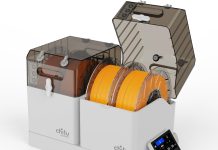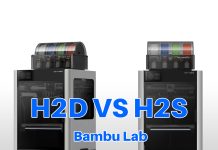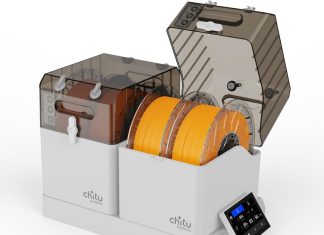The landscape of 3D printing is ever-changing, with new models emerging frequently that promise to elevate the user experience and expand creative possibilities. The Anycubic M7 Pro has made waves within the 3D printing community due to its innovative features, enhanced performance, and user-friendly interface. In this article, we delve into the pros and cons of the Anycubic M7 Pro to help you determine if it’s the right printer for your needs.
Overview of the Anycubic M7 Pro
Before exploring its advantages and disadvantages, it’s essential to outline what the Anycubic M7 Pro brings to the table. This next-gen FDM (Fused Deposition Modeling) printer boasts a large build volume, advanced features such as auto-bed leveling, and compatibility with a variety of materials. Whether you’re an experienced maker or a newcomer, the Anycubic M7 Pro aims to deliver reliable performance and high-quality prints.
Pros of the Anycubic M7 Pro
1. Large Build Volume
One of the standout features of the Anycubic M7 Pro is its impressive build volume. With the capability to print larger objects, this printer opens up possibilities for creating intricate designs and prototypes without the need for assembly.
2. User-Friendly Interface
Equipped with a large touch screen display, the M7 Pro offers an intuitive user interface that simplifies the printing process. Beginners can easily navigate through settings, and advanced users can customize parameters to achieve their preferred print quality.
3. Advanced Auto-Bed Leveling
The M7 Pro features an automatic bed leveling system that significantly reduces the time spent on setup. This feature helps ensure a consistent first layer, increasing the chances of successful prints and minimizing failures.
4. Compatibility with Diverse Materials
The Anycubic M7 Pro supports a wide range of filament types, including PLA, ABS, PETG, and TPU. This versatility allows you to explore various printing techniques and achieve different finishes, catering to diverse project requirements.
5. Solid Build Quality
Users have reported that the M7 Pro is built with sturdy materials that contribute to the printer’s longevity. Its robust construction helps withstand vibrations during printing, which can lead to improved print quality.
6. Customizable Settings
For users who enjoy fine-tuning their print settings, the M7 Pro provides numerous options for customizing temperatures, speeds, and layer heights. This flexibility allows users to optimize prints according to the specific requirements of their projects.
Cons of the Anycubic M7 Pro
1. Assembly Required
While the M7 Pro is relatively user-friendly, it does require some assembly right out of the box, which may be a deterrent for users with little technical experience. The initial setup can be time-consuming, which could be frustrating for those looking for a plug-and-play solution.
2. Limited Customer Support
Some users have reported limited customer service and support options. While many resources are available online, having access to prompt assistance can be crucial, especially for beginners facing challenges.
3. Noise Level
Although many 3D printers operate quietly, some users have noted that the M7 Pro can be somewhat noisy during operation. For those needing a quiet workspace or living in shared environments, this might be an important factor to consider.
4. Learning Curve
While the user interface is generally straightforward, novices may still face a learning curve related to understanding slicers, material properties, and diverse print settings. Investing time in learning can yield better results and enhance the overall experience.
5. Occasional Calibration Needs
Despite its auto-bed leveling feature, users have reported that the printer may occasionally require manual calibration to maintain print quality over time. This added maintenance can be a point of contention for individuals seeking a hassle-free experience.
Conclusion
The Anycubic M7 Pro presents an attractive option in the burgeoning field of 3D printing, combining advanced features with a spacious build volume that appeals to both novices and experienced users alike. Its user-friendly interface, compatibility with various materials, and solid construction make it a worthy contender in its price range.
However, prospective buyers should weigh the pros and cons carefully. Assembly requirements, potential noise levels, and the need for occasional calibration are essential factors to consider. Ultimately, evaluating your specific needs and expectations will guide you toward making an informed purchase decision regarding the Anycubic M7 Pro.






